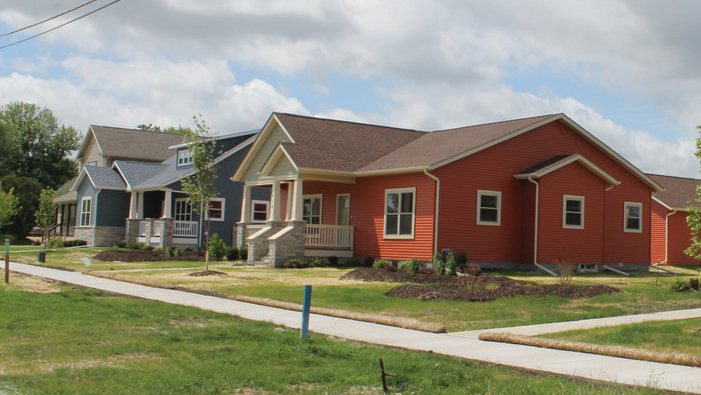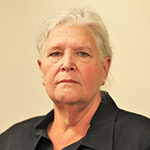Illinois Quad Cities Land Bank will reduce blight, grow tax rolls

The New Old Chicago Housing Redevelopment in Rock Island is an example of a redevelopment project that an Illinois Quad Cities Land Bank can help accomplish for the cities of Moline, Rock Island and East Moline. CREDIT ECONOMIC GROWTH CORPORATION
Moline, Rock Island and East Moline are teaming up to reduce blight, create housing and development, as well as grow the region’s tax rolls through the new Illinois Quad Cities Land Bank (IQCLB).
“We will be the ninth land bank in the State of Illinois,” said K.J. Whitley, community development manager for the City of Moline, who has captained the land bank’s formation. “We’re very excited…

Want to Read More?
Get immediate, unlimited access to all subscriber content and much more.
Learn more in our subscriber FAQ.
Do you want to read and share this article without a paywall?







